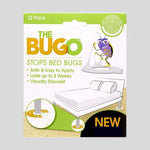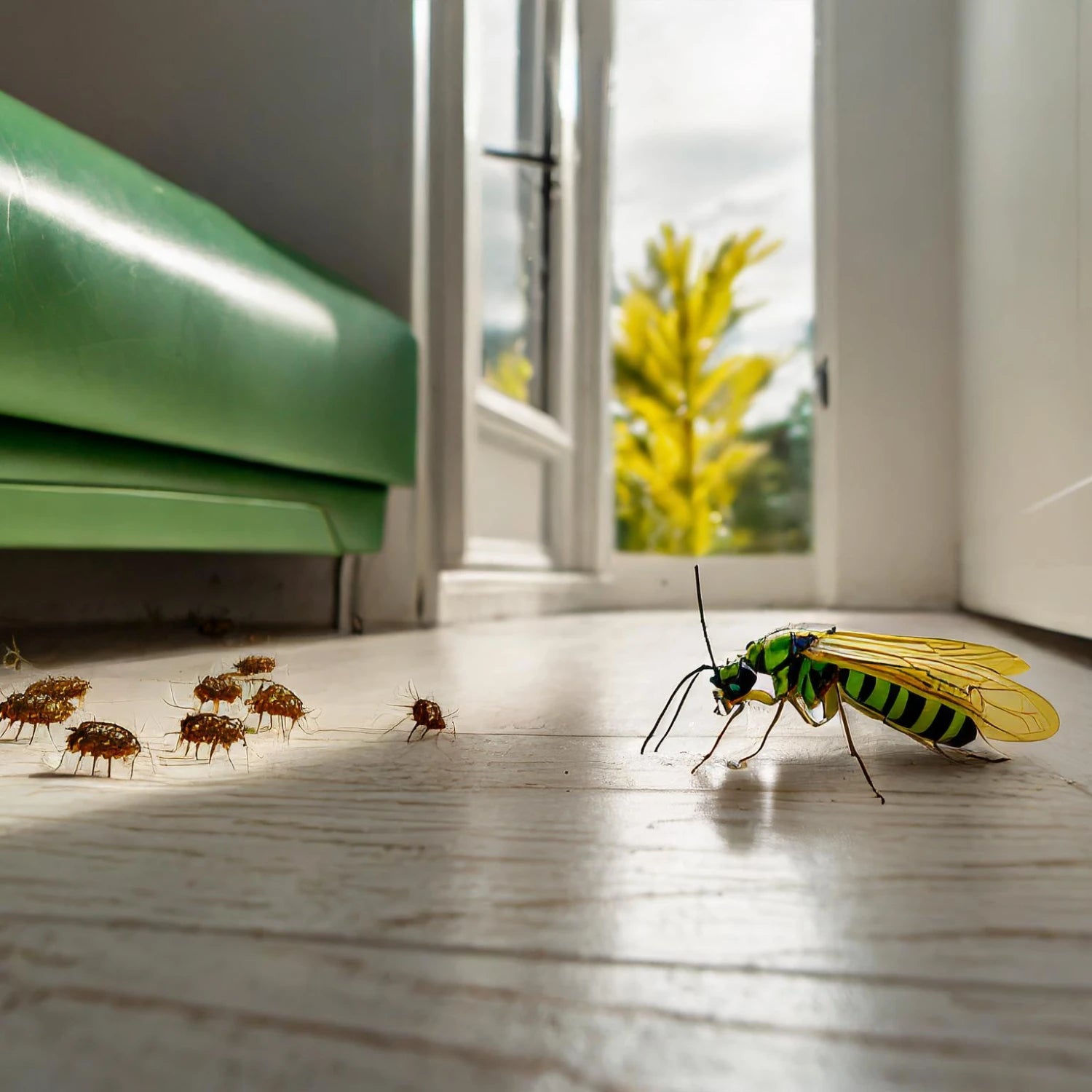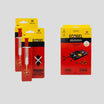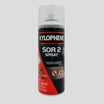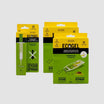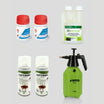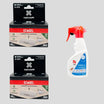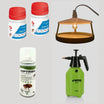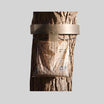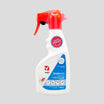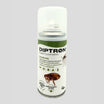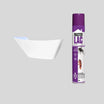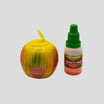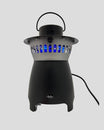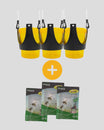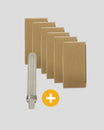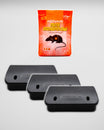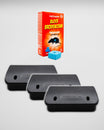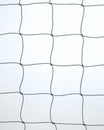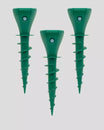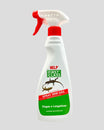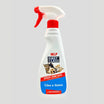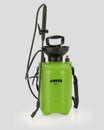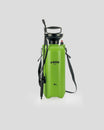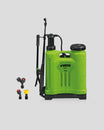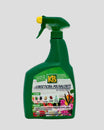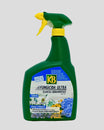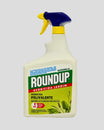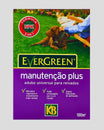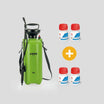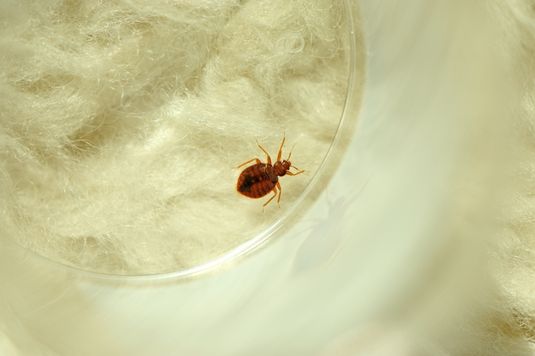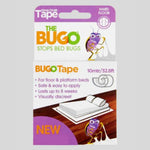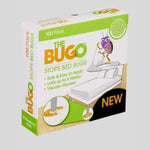Bed bugs are small, inconspicuous pests that can cause significant nuisance. Identifying their presence early is essential to controlling an infestation before it spreads. In this article, we will explain how to effectively detect bed bugs, the typical signs of an infestation and the steps to take if confirmed.
What are Bed Bugs?
Bed bugs ( Cimex lectularius ) are small parasitic insects that feed on blood, mainly at night. Although they do not transmit diseases, their bites can cause irritation, allergic reactions and even psychological impact due to the difficulty in eliminating them.
Main characteristics of bed bugs:
● They have an oval, flattened body, about 5-7 mm long.
● Light brown to dark brown in color, which may become more reddish after feeding.
● They move slowly and do not fly or jump.
Signs of Bed Bug Infestation
1. Skin Bites
Bedbug bites are usually small, red, and itchy. They often appear in lines or clusters on areas exposed during sleep, such as the arms, legs, neck, and face.
2. Blood Stains on Bed Sheets
After feeding, it is common for bed bugs to leave small blood stains on sheets or bedding.
3. Bed Bug Droppings
Bed bugs leave behind feces in the form of small black or brown dots. These residues are found on mattresses, pillows, furniture or near their hiding areas.
4. Sweet or Musty Odor
A bed bug infestation can produce a characteristic sweet or musty odor, especially in more advanced cases.
5. Visible Bed Bugs
Although small, bed bugs can be found with the naked eye in mattresses, headboards, furniture crevices and other hiding places.
How to Inspect and Confirm the Presence of Bed Bugs:
Performing a thorough visual inspection is the best way to confirm the presence of bed bugs. Follow these steps:
1. Check the Mattress and Bed
● Inspect the mattress seams, edges and flaps.
● Look for blood stains, feces, or exoskeletons.
● Examine the headboard and bed frame, especially in cracks and corners.
2. Examine Nearby Furniture
● Inspect drawers, nightstands, and baseboards.
● Check sofas, chairs and other furniture near the bed.
3. Analyze the Walls and Baseboards
● Check for cracks, electrical outlets, and baseboards.
● Look at curtains and rugs near the bed.
4. Use a Flashlight
A flashlight helps illuminate dark areas, making it easier to identify bed bugs or their signs.
5. Inspect Luggage and Belongings
If you have traveled recently, check your suitcases, bags, and clothing for bed bugs that may have been brought in.
What to Do if You Find Bed Bugs?
If you confirm the presence of bed bugs, it is important to act quickly to control the infestation. Here are some initial steps:
- Wash all fabrics: Sheets, bed linen and curtains should be washed in hot water (above 60°C).
- Vacuum the room: Vacuum mattresses, furniture and carpets. Dispose of the vacuum bag immediately.
- Seal affected items: Place mattresses and pillows in protective bed bug covers.
- Using appropriate insecticides: The Insect Shop recommends KITS to eliminate bed bugs as it is the combination of products that will guarantee the effectiveness of the treatment.
Recomended Products
